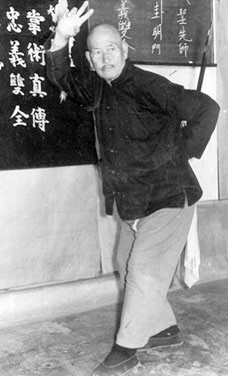Born in 1894, Lu Shui-Tian (Lu Shui-T’ien) was from the city of Ching Tao in Shantung Province, China. He studied the “farmer style” martial arts when he was young, these “family style” martial arts were practiced in the remote towns and villages because there was no police protection. A village would hire an experienced martial artist to live there for a time and teach them how to fight.
Lu wanted to learn more, he heard that the best of the fighting arts was Ba Gua Zhang so he sought a teacher. The teacher that he found was Li Qing-Wu (Li Ching-Wu). Not much is known about Li Qing-Wu, and so far, no one has been able to determine who his teacher was.
What is also known is that Li Qing-Wu was so selective about who he taught that he only had ten Ba Gua Zhang students. Li taught each student individually based on the student’s body type and aptitude, Li would teach each student the one aspect of the art to specialize in that suited him best.
After Li Qing-Wu died, Lu Shui-Tian sought out other Ba Gua Zhang instructors. There is evidence that he spent some time with a Fourth Generation practitioner from Dong Hai-Chuan’s lineage. Master Park does not know the name of Lu Shui-Tian’s second teacher because Lu Shui-Tian seldom spoke of his background. Whenever Master Park happened to ask a question that related to Lu’s background, Lu Shui-Tian would always respond “That question will not help your practice.” Since Master Park knew that Lu Shui-Tian’s Ba Gua Zhang was very good, he was not particularly concerned about where his Ba Gua Zhang had come from and did not press the question.
Lu Shui-Tian practiced, refined, and utilized his Ba Gua Zhang fighting skills during the Sino-Japanese War (1931-1945) as a member of a band of expert guerrilla fighters. They would hide in the mountains during the day and infiltrate Japanese camps at night. Due to the covert nature of their operations, they couldn’t kill the enemy with firearms, they could only use traditional bare hand techniques and silent weapons.
Lu Shui-Tian killed many Japanese soldiers and became so well known for his fighting skill that the Japanese put a price on his head. This forced him to leave China for Inchon, Korea. However Lu and his wife returned repeatedly to carry on the fight, until his wife was killed and Lu never went back. He remained in the Chinatown community of Inchon for the rest of his life, where he began teaching his Ba Gua Zhang method and eventually took on Park Bok-Nam as his student.
Though still very strong and healthy, Lu died tragically and accidentally in 1978, at the age of 83, when he was overcome in his sleep by a malfunctioning gas heater.


